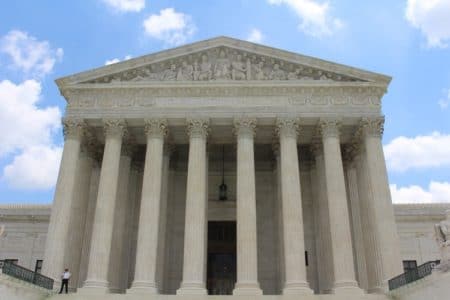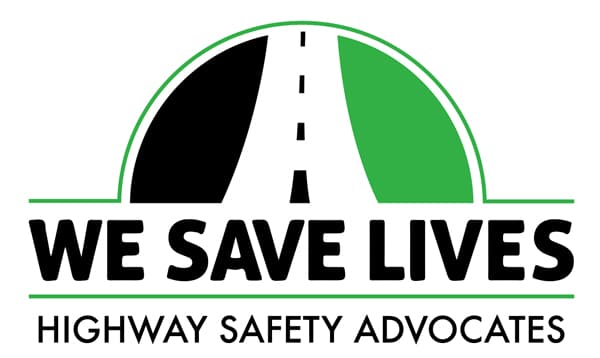
Phases That Every Accident Lawsuit Goes Through and What You Need to Know as the Victim – On your commute to work, your car gets sideswiped by a semitruck. You hit your head and go to the hospital. As the medical bills start piling up, you hire a truck accident attorney to get you compensation from the trucking company. Then your attorney says, “We need to file a lawsuit.”
If you’ve never filed a lawsuit, you might feel intimidated by the prospect. Don’t. A lawsuit can take a long time, but it becomes far less overwhelming when you know what it involves. Here’s a look at the nine phases of an injury claim.
Pretrial
First, you’ll go through the pretrial phase with your attorney. As the name suggests, this includes steps you’ll take before the trial starts. During the pretrial, you and your attorney will put together an experienced team of experts and investigators to figure out what happened. They will serve a Preservation of Evidence letter to the trucking company and the truck driver. This discourages the trucking company from tampering with any evidence in their possession, like the dashboard camera videos or the truck’s internal computer systems. More accurately, it allows them to be penalized if they “lose” any evidence after the letter is served. You’ll also work with your attorney during this time to put the details of your case together before filing suit.
Filing the Complaint
The next step in the phases is representing you, the victim—now called the plaintiff—in a truck wreck case is the filing of the complaint, the legal document that formally starts the lawsuit.
In the complaint, your lawyer will list out all the individuals and entities involved in the case, the general facts around what happened, and the theories of law that make the defendant—the trucking company and/or the truck driver—liable for the accident.
Along with naming the parties to and the circumstances that gave rise to the lawsuit, the complaint is going to set out the types of damages you’re seeking.
Requests for Admissions
Next in the phases, you’ll begin “discovery” phase, which is where the parties exchange information about the facts, witnesses, and evidence that are in their possession. We immediately serve Requests for Admissions, where you write down certain facts that you ask the other side to then formally admit or deny. Often, the requests for admissions cover no-brainer things, such as the fact that the truck driver worked for the trucking company on the date of the accident and was within the scope of his or her employment. The idea is that if the parties can agree on certain things, it will narrow the issues, saving everyone—including the court—time.
Interrogatories
Proceeding next in the phases, you will then have Interrogatories, which is a fancy word for written questions. Each lawyer writes out questions, and the other side has to write down answers. What makes interrogatories different from just answering a questionnaire is that the answers are given under oath and under penalty of perjury. Your attorney will look over all of your answers before they are submitted and prevent you from making any missteps.
The Defendant’s answers help your legal team explore the facts of the case, understand who the players are, and get insights into how they can leverage this information to contribute to your case.
Request for Production of Documents
Like the previous two phases, both sides will use the “Request for Production of Documents” step to find out more about the case. Your attorney will typically ask for the driver’s logs, the driver’s employee file, the maintenance records of the truck, the relevant shipping orders, and copies of any contracts between the shippers and the trucking companies. This information might explain some things later on, like why the driver may have been speeding. The other side will also request documents, like medical records, copies of medical bills, and copies of tax returns—anything that shows potential loss or damages.
Depositions
In depositions, each side’s lawyer gets to ask questions of all parties to the case, the police, witnesses and bystanders, each side’s experts, and others. The person being deposed is under oath to tell the truth. In every deposition, the lawyers for all sides are present as is a court reporter who takes down the questions and answers verbatim using a kind of shorthand machine.
You will very likely be deposed by the other side in the case and that might cause you some anxiety, but don’t worry. No good lawyer will ever let their client walk into a deposition room unprotected and unprepared.
Witness and Exhibit List
Next, both sides must disclose every witness they plan to call and every piece of evidence, in the form of exhibits, they plan to show the jury. Evidence includes anything your experts used to form their opinions, like the truck’s GPS or the driver’s text messages.
Witnesses will tell the story of what actually happened, how it happened, why it happened, and the consequences of what happened. A lot of time is spent thinking about these witnesses and asking who you think should be called on your behalf. You want people who tell the truth in a persuasive manner.
Mediation
The next phase, mediation, is a confidential supervised settlement conference that is overseen by a qualified and neutral mediator selected by both parties. All key decision makers must attend the mediation. The injured parties—or the personal representative of the estate in a wrongful death case—will be there with their attorney.
Mediation provides all sides with an opportunity to settle before trial expenses are incurred. By settling at mediation, both sides avoid the risks and expenses associated with a trial. If the case settles at mediation, usually the client has their money within thirty days.
Trial
If you don’t settle during or after mediation, your case will go to trial. These cases usually involve jury trials. Most people dread the thought of going to trial. They are nervous about going to trial, being on the witness stand, and being cross-examined by the other side’s attorney. The trucking companies or their insurance carriers will often cause delays, fight, and make the process as difficult as possible.
You must be prepared for their tactics. If you stay patient and work with your attorney throughout the process, you’ll have the best chance to win the compensation you deserve for your injuries.
This article was adapted from the book Semitruck Wreck written by David W. Craig.
David W. Craig is the managing partner at the law firm of Craig, Kelley & Faultless LLC and is a board certified attorney in Truck Accident Law.
The Crash Support Network is a unique website consisting of an online support group, a Crash Survivor Blog written by a survivor, our Sharing Our Recovery Newsletter, informative articles and a Virtual Crash Memorial. Our website is based on relationship-building and puts the needs of survivors first by creating a helpful resource for victims and survivors of motor vehicle crashes.





